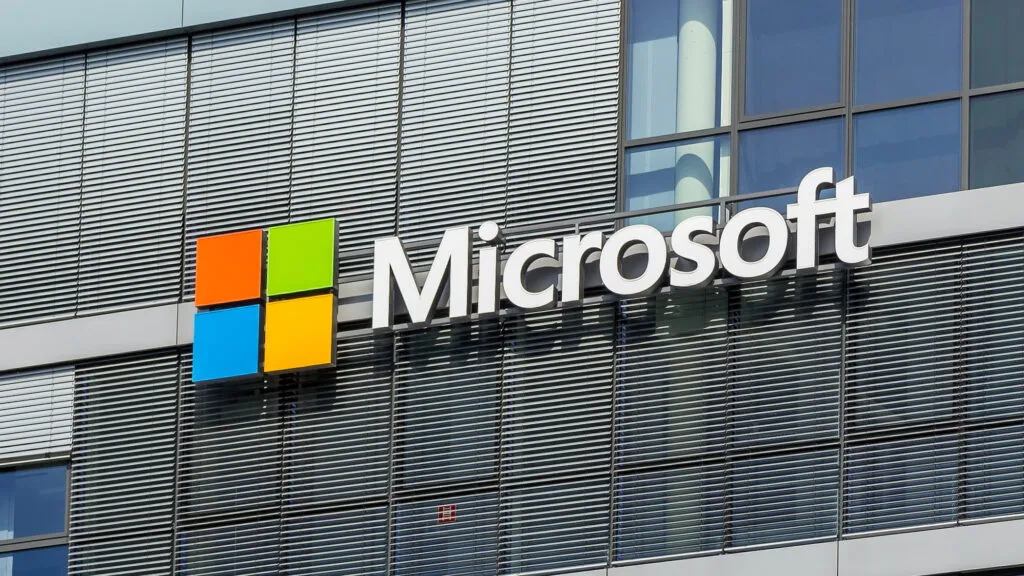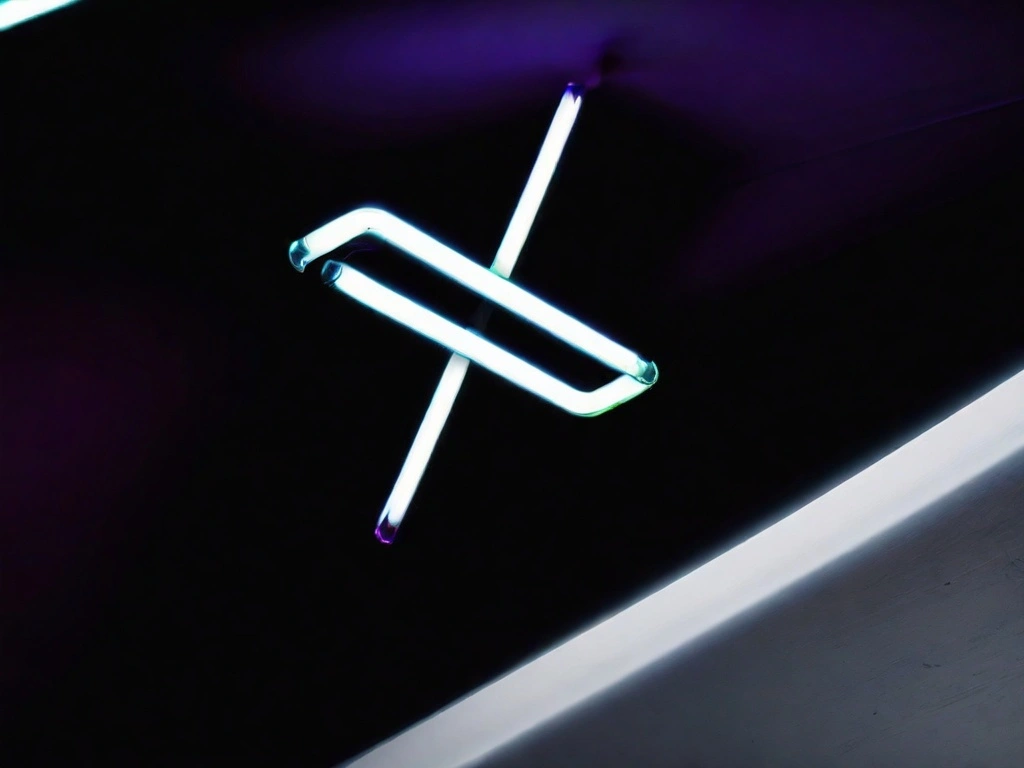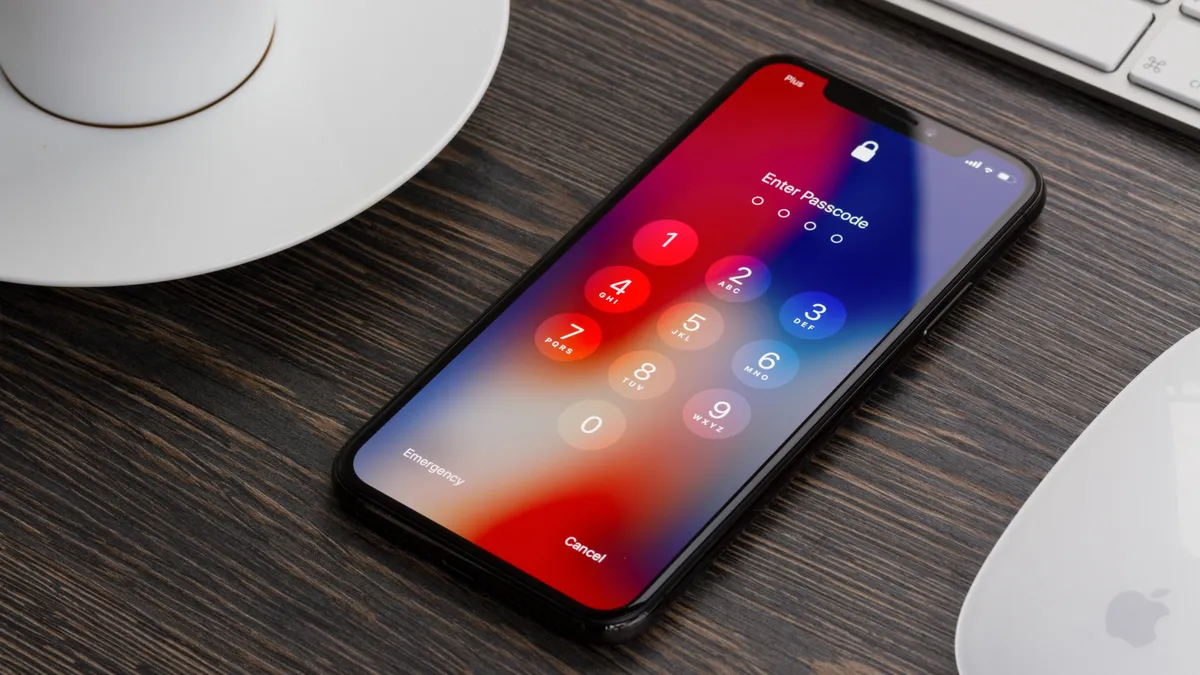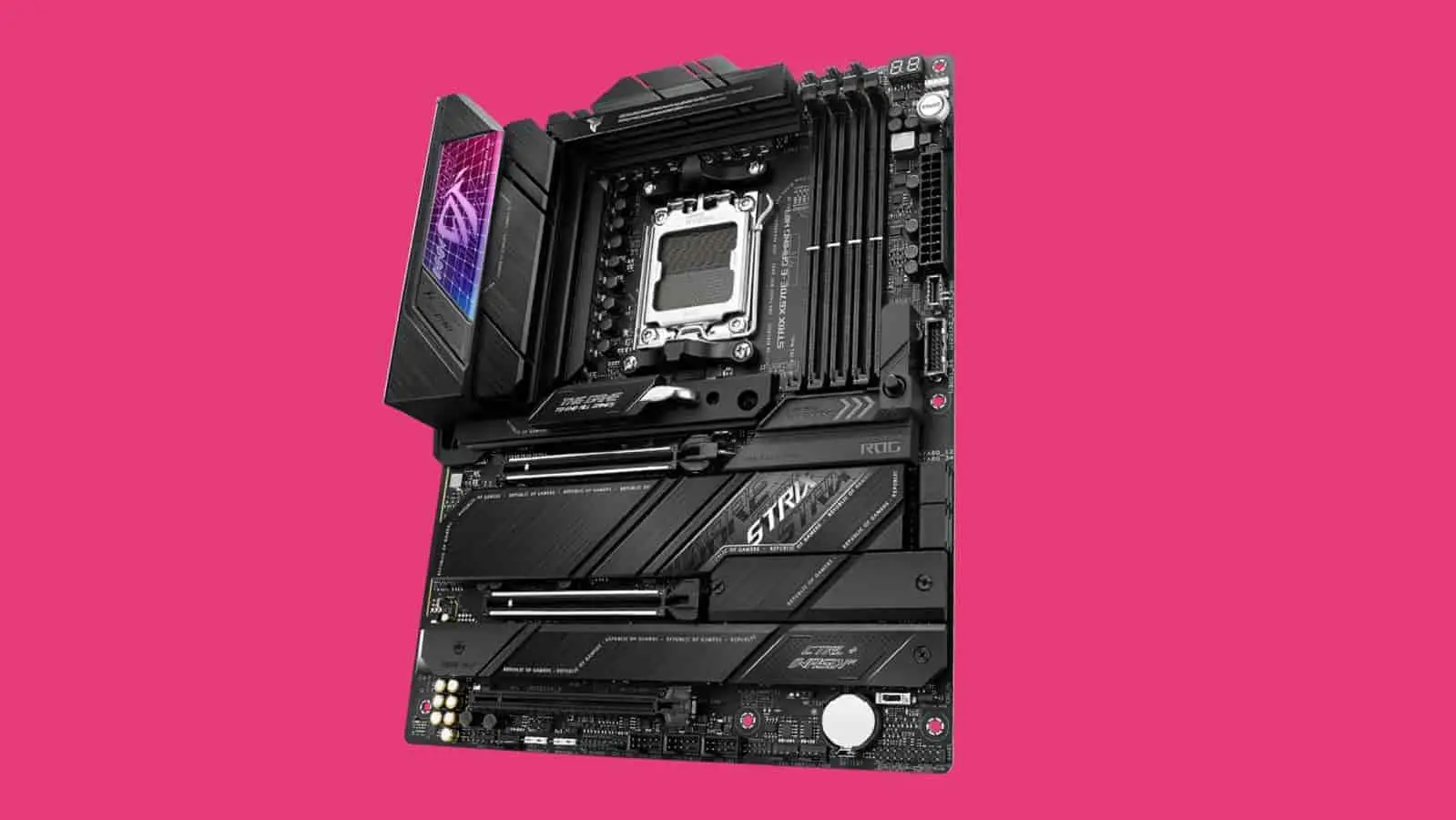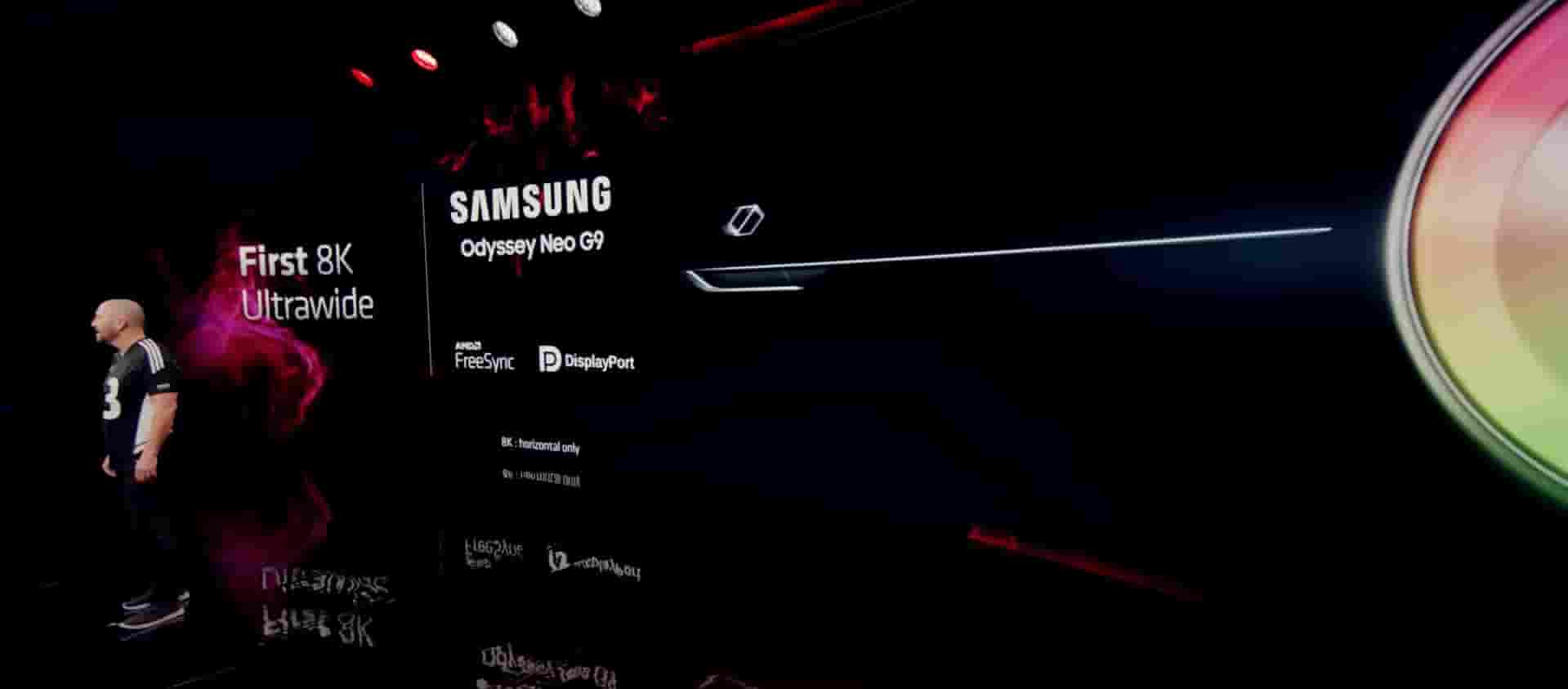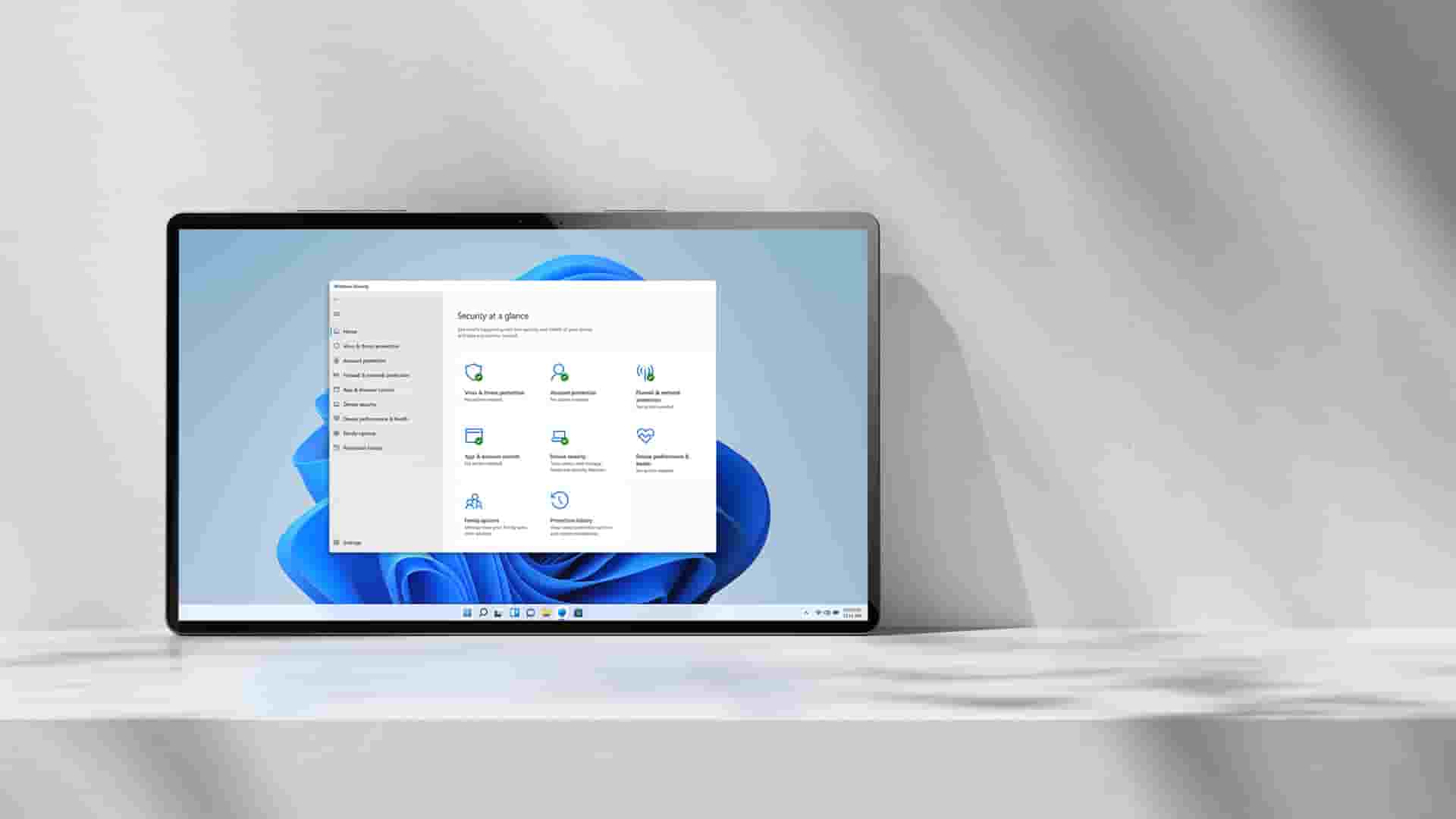Starlinks Laser System: Beaming 42 Million GB of Data Per Day, Because Slow Internet is So Last Decade


SpaceX's Starlink has been using a laser system to deliver high-speed internet to its customers. The laser system is delivering over 42 petabytes of data per day, which is equivalent to 42 million gigabytes. The system uses 9,000 lasers to pass over terabits of data every day. The lasers are crucial in helping the satellites fetch data when no SpaceX ground station is near, like over the ocean or Antarctic. Instead, the satellite can send and receive data from another Starlink satellite in Earth's orbit, building a mesh network in space.
The laser system has achieved a laser "link uptime" of over 99%, despite the technical challenges. The satellites are constantly making laser linkages, totaling approximately 266,141 "laser acquisitions" per day. The links can also be maintained for weeks at a time, and even reach transmission rates of up to 200Gbps.
The laser system is so robust that it was able to connect two satellites over 5,400 kilometers apart. The link was so long that it cut down through the atmosphere all the way down to 30 kilometers above the surface of the Earth. The laser system was even able to hold a link all the way down to 122 kilometers while de-orbiting a satellite and downstream the video.
The laser system can send data to a Starlink dish in Antarctica via seven distinct paths. The routes can be dynamically changed within milliseconds, ensuring 99.99% uptime as long as there is some path to the ground station. The laser system uses a "Gen 3" laser link design, but recently, the company upgraded the technology with a new "Gen 4" model. SpaceX can manufacture about 200 units per week, but the company uses off-the-shelf components, including sensors and actuators, to drive down costs.
SpaceX intends to expand its laser technology in the future, allowing it to be ported and placed on third-party satellites. The company has also explored beaming the satellite lasers directly to terminals on the Earth’s surface to deliver data, but a "deeper study" is necessary to enable the technology.
In conclusion, SpaceX's laser system for Starlink is delivering high-speed internet to its customers using a robust and reliable technology. The laser system has achieved impressive results, including the ability to hold a link all the way down to 122 kilometers while de-orbiting a satellite and downstream the video. SpaceX plans to expand its laser system to third-party satellites and explore beaming the satellite lasers directly to terminals on the Earth’s surface to deliver data in the future.
